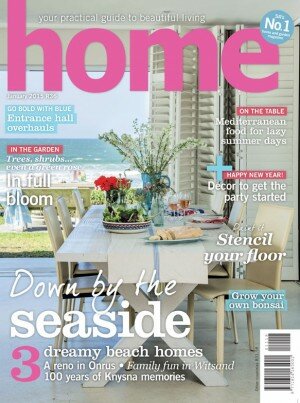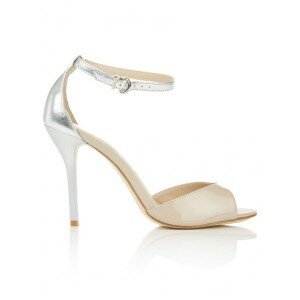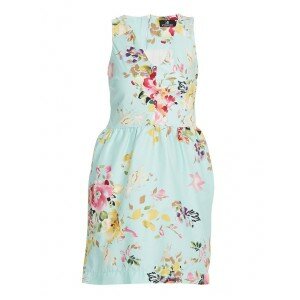-
Make a table out of bluegum poles
8 October 2012
Let the great outdoors inspire you to construct this table and benches.
Project notes
• Construction is complicated by the fact that they aren’t entirely straight and taper towards the end. You will have to carefully select the straightest poles and alternate them.
• We used more uprights for our table legs to achieve a certain ‘look’ and to create a footrest for our table.
• The ends of our tabletop have been ‘feathered’ by alternating shorter and longer lengths, which won’t be necessary if you make the table and benches identical.
• The steps and measurements outlined here are intended as a guide, as bluegum poles vary in thickness and the project will require adaptation according to your materials.Shopping list
We chose the straightest bluegum poles from 60 x 3400mm bundles.For the table
• fourteen 720mm (uprights/legs)
• eight 2200mm (long for tabletop)
• seven 1800mm (short for tabletop)
• six 2200mm (long supports and diagonals)
• sixteen 40mm sections (spacers)For the two benches
• twelve 1500mm (long for seat)
• eight 450mm (legs)
• four 400mm (crossbars)
• two ±350mm (braces)
• four 750mm (diagonals)Plus
• ±forty 8mm dome nuts
• ±forty 8mm washers
• ±twelve 60mm cut screws
• six 1000 x 8mm thread rod
• Cuprinol Shades outdoor furniture paintGet started
Construct the table
1 Start with the tabletop: lay the seven 1800mm lengths centred between the eight 2200mm lengths, leaving 200mm at each end. Measure 300mm from the ends of the 2200mm lengths (100mm from the ends of the 1800mm lengths). This will be the position of the thread rod. Draw a line across the poles at this point.
2 Use a 10mm drill bit to drill through each pole using this line as a reference. Thread the rod through each consecutive hole as you work. Use the hammer to tap the rod.
3 Leaving about 10mm of the thread sticking out at the other end, cut the thread rod using the hacksaw.
4 Construct the first upright section of the table by positioning 8 x 40mm spacers and 4 x 2200mm long supports between seven of the 720mm uprights in the order shown here. This will ensure that the ‘feathered’ edges of the tabletop rest securely.
5 Fold the supports so that the other end can be constructed in the same manner. Make the structure sturdy by tightening the nuts at each end of the thread rod sections using the spanner.
6 Ensure that the ends are upright before adding the two 2200mm diagonal sections. These add lateral support to the table structure. Fix in place using the 60mm cut screws.
Construct the benches
1 Lay the six 1500mm lengths down and measure 100mm from the ends to mark the position of the thread rod. Draw a line across the poles at this point.2 Use a 10mm drill bit to drill through each pole, using the line as a reference. Don’t thread the rod through the holes just yet.
3 Construct the legs of each bench by fixing the 400mm crossbars 100mm from the ends of the legs (450mm) using short (±100mm) sections of thread rod, washers and nuts. Drill holes in the tops to correspond with those in the seat section.
4 Thread the rod through each consecutive hole of the seat section (1500mm poles), together with the legs. Use the hammer to tap the rod. Leaving about 10mm of the thread sticking out at the other end, file and thread the nut as per the table steps.
5 Now fix the ±350mm braces midway underneath the seat section using the 60mm cut screws.
6 Attach the 750mm diagonals extending from either side of the 350mm braces toward the top of the crossbars. Then fix these to the crossbars using the 60mm cut screws.






